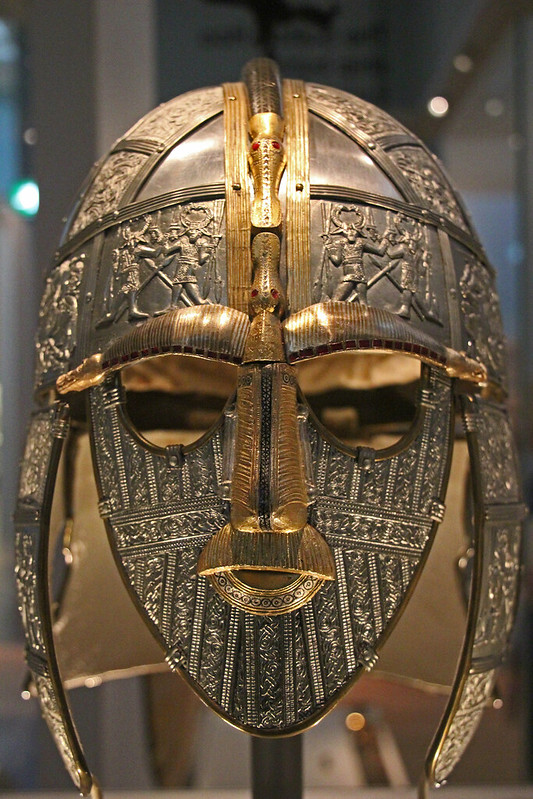
Before Time Began
The primordial divine was the Solar Mother, whose arched body of stars forms the night sky and who dark earth forms the land upon which we depend. The echo of her worship may be found in the Sheela-Na-Gig imagery found in many parts of the British Isles as well as the veneration of Mary common throughout Europe and the New World. Providing the movement of action underlying the fecundity of materialization is the horned god, the white stag beneath the full moon, the man-in-green, and the lord of the wild hunt, whose representative is the Man in Black.
The Anglo-Saxons of early medieval England worshipped a pantheon of deities similar to the more familiar figures found in Norse mythology stemming as they do from the same proto-Germanic roots.
The Early English Pantheon
Woden (or Wotan): Similar to the Norse Odin. Woden embodies a captivating duality as the All-father. Woden is a god of wisdom and war, his singular eye sacrificed in pursuit of knowledge. Clad in his gray cloak and wide-brimmed hat, he commands the natural realms. His influence extends into the poetic and artistic realms, as he is linked to the magical mead of poetry. Like his Nordic counterpart, he is associated with two ravens that assist him in sight and two wolves that are constant companions at his side. In some parts he is known as the Lord of the Wild Hunt.
Thunor: Like Thor, he is the god of thunder and storms. On his good side, he is a powerful defender.
Frigg: Wife of Woden and goddess of prophecy, clairvoyance, and motherhood.
Yng: Likely, similar to the Norse Freyr, a god of fertility and abundance. His erect phallus is symbolic of the actualizing force within nature.
Tiw: God of justice and defender of what is right. Similar to Norse Tyr.
Eostre: Eostre is a goddess attested to in the writings of the Venerable Bede but not yet found elsewhere. Connecting her to the Germanic Ostara, we understand her as a goddess of spring and celebrate her around the Vernal Equinox.
Hrethe: Another goddess described by Bede, likely connected to the Anglo-Saxon month that bears her name.
The Wyrd: In the simplest, the word may be translated as ‘fate.’ It is the web of potentiality where space and time intersects in the present. The Norse held three female entities who controlled (or wove) the wyrd tapestry: Urðr (past), Verðandi (present), and Skuld (future).
